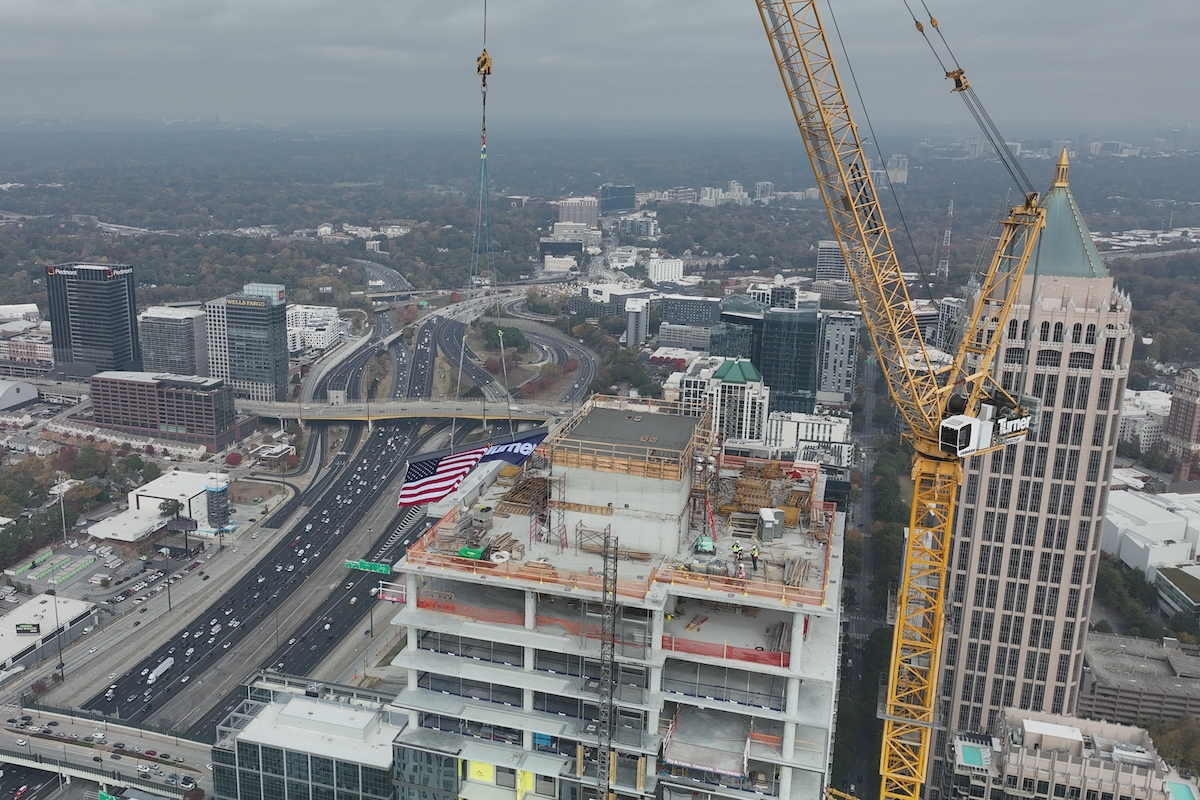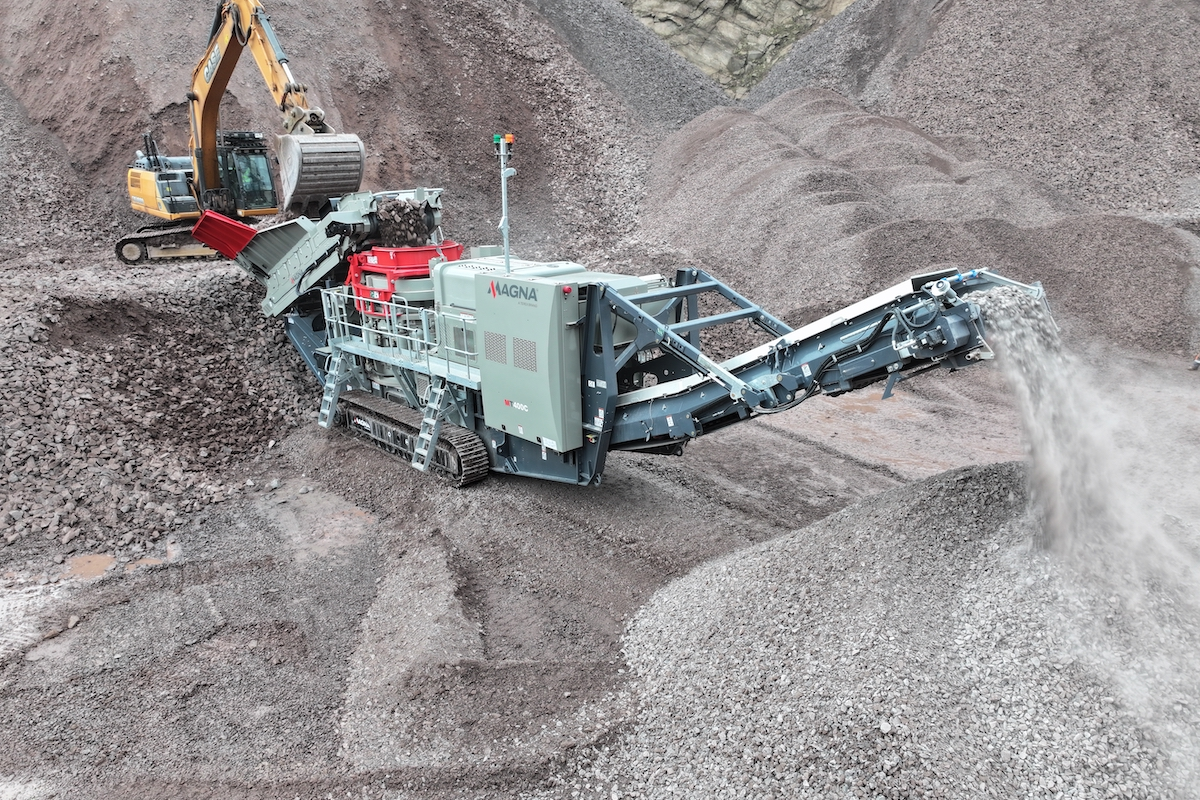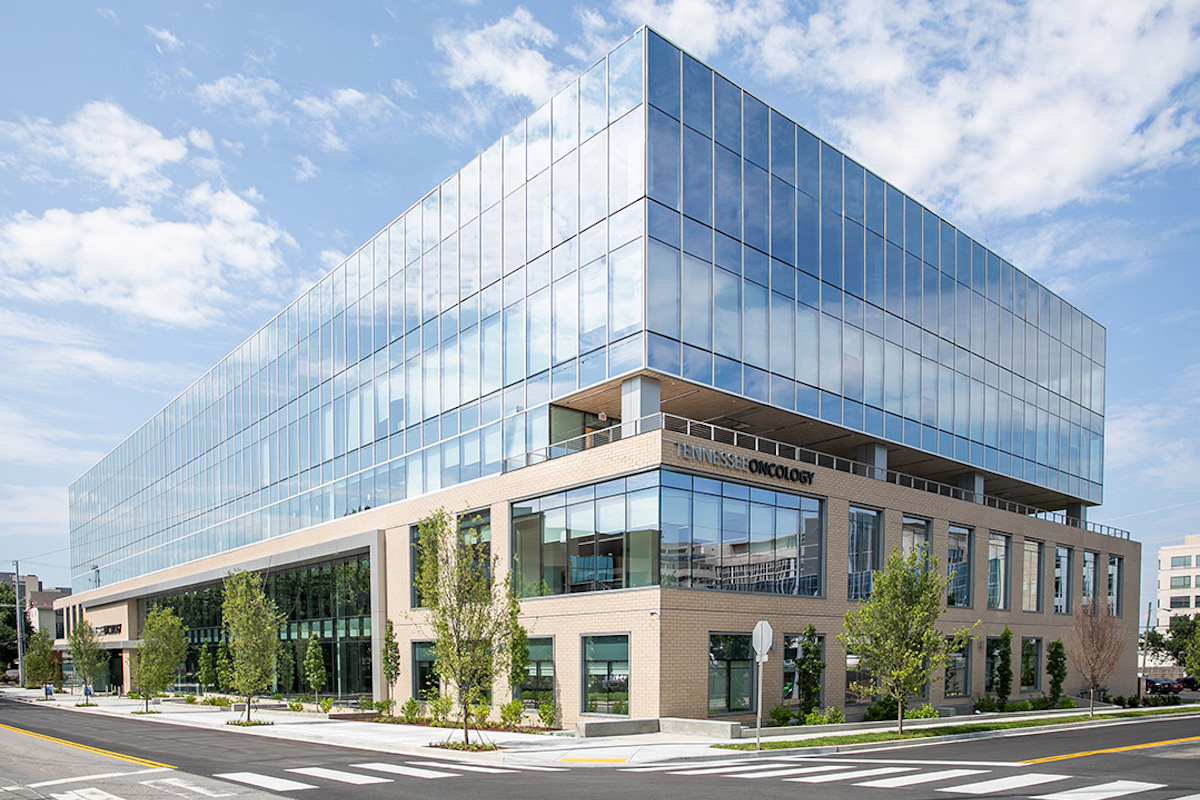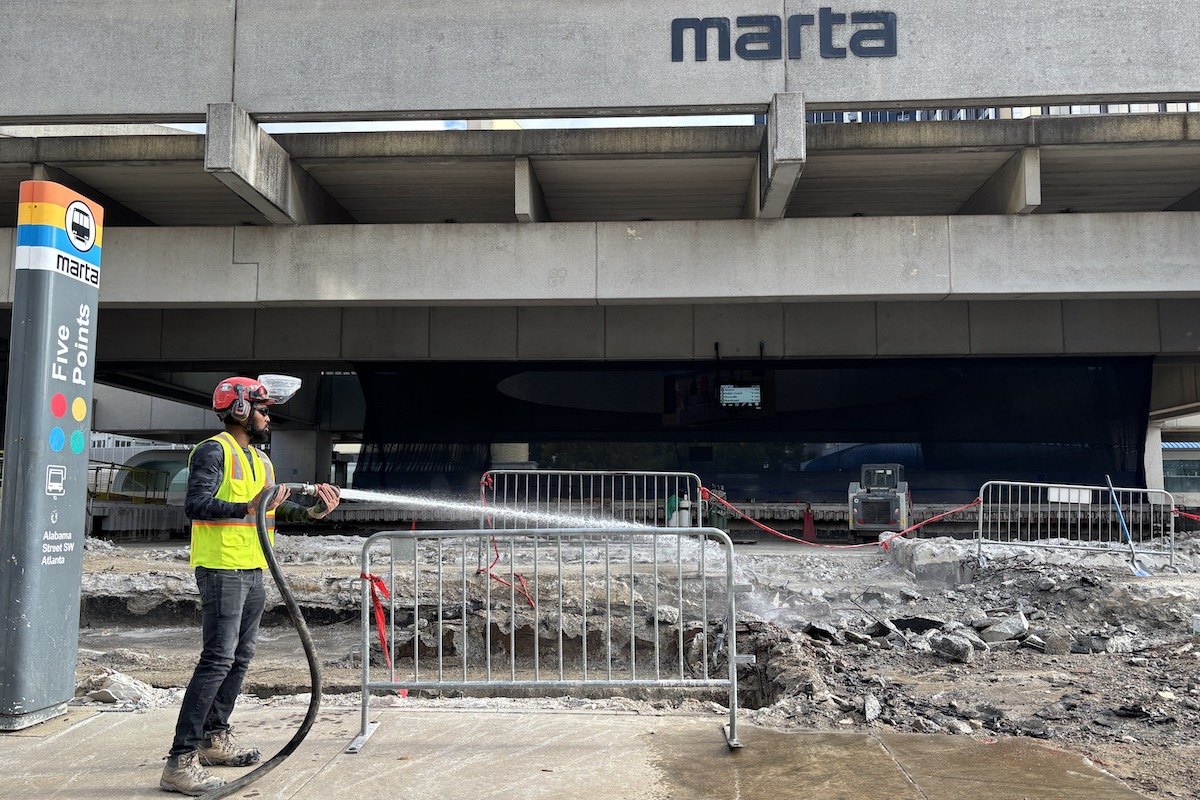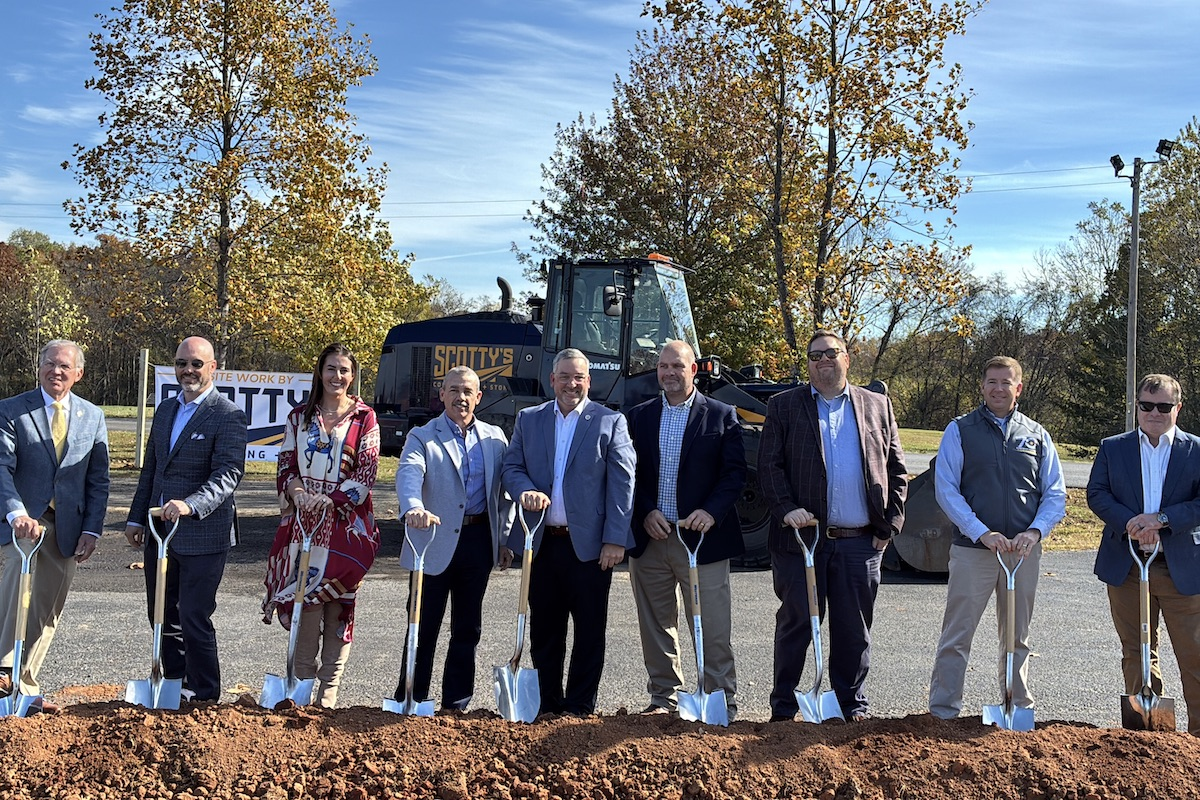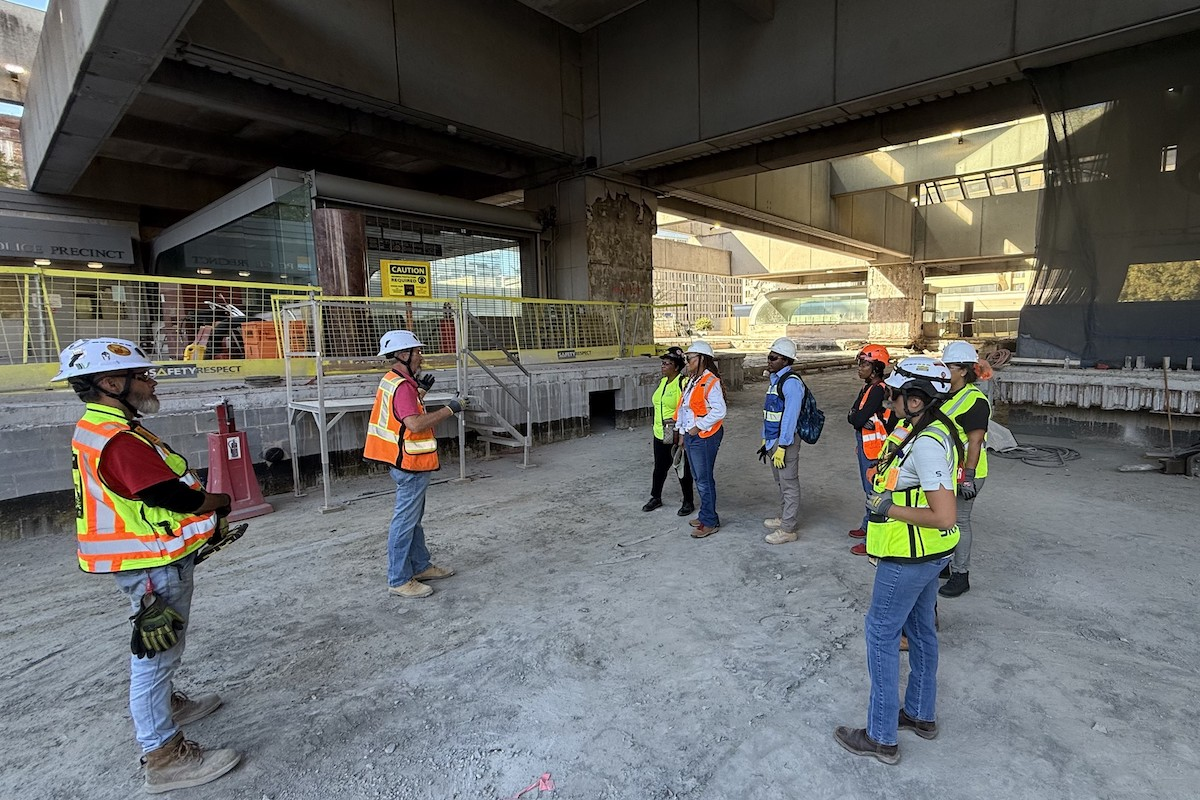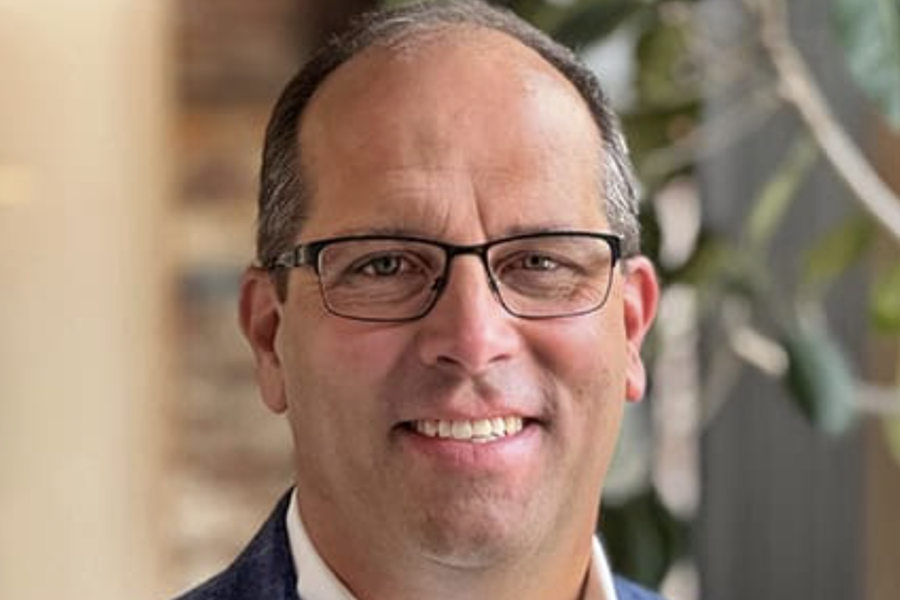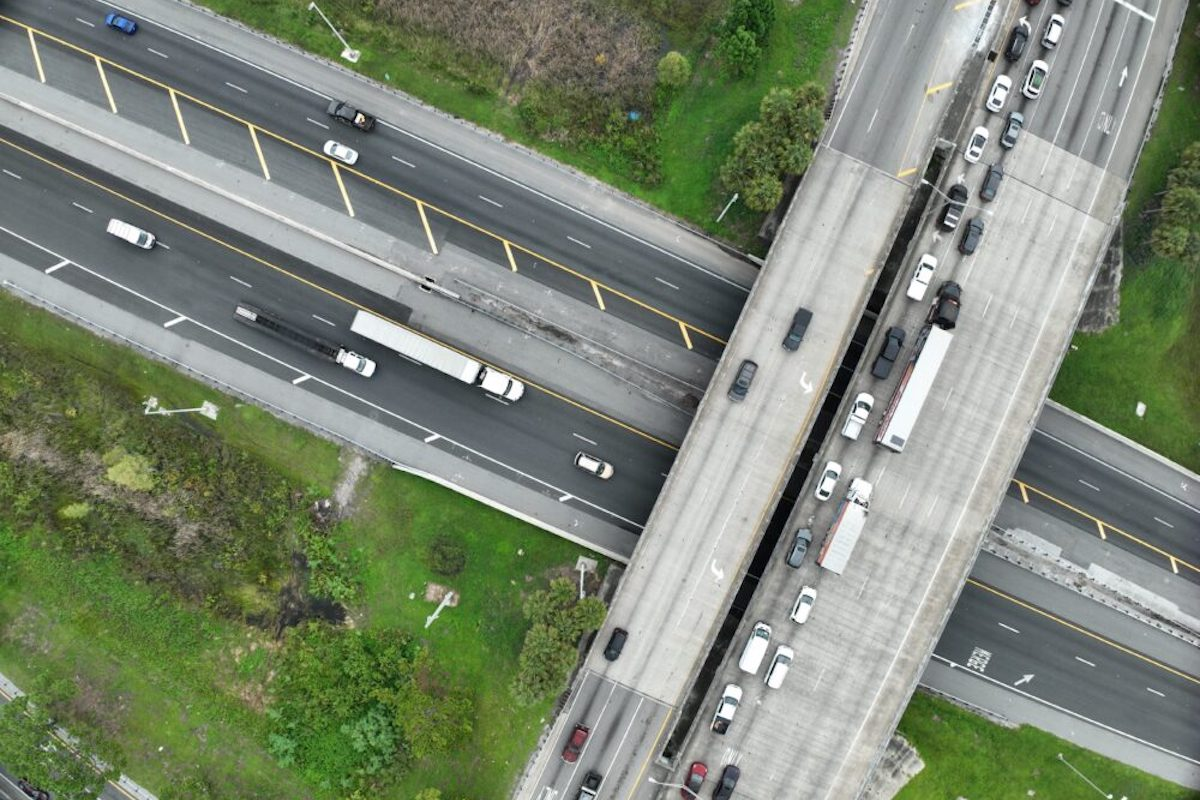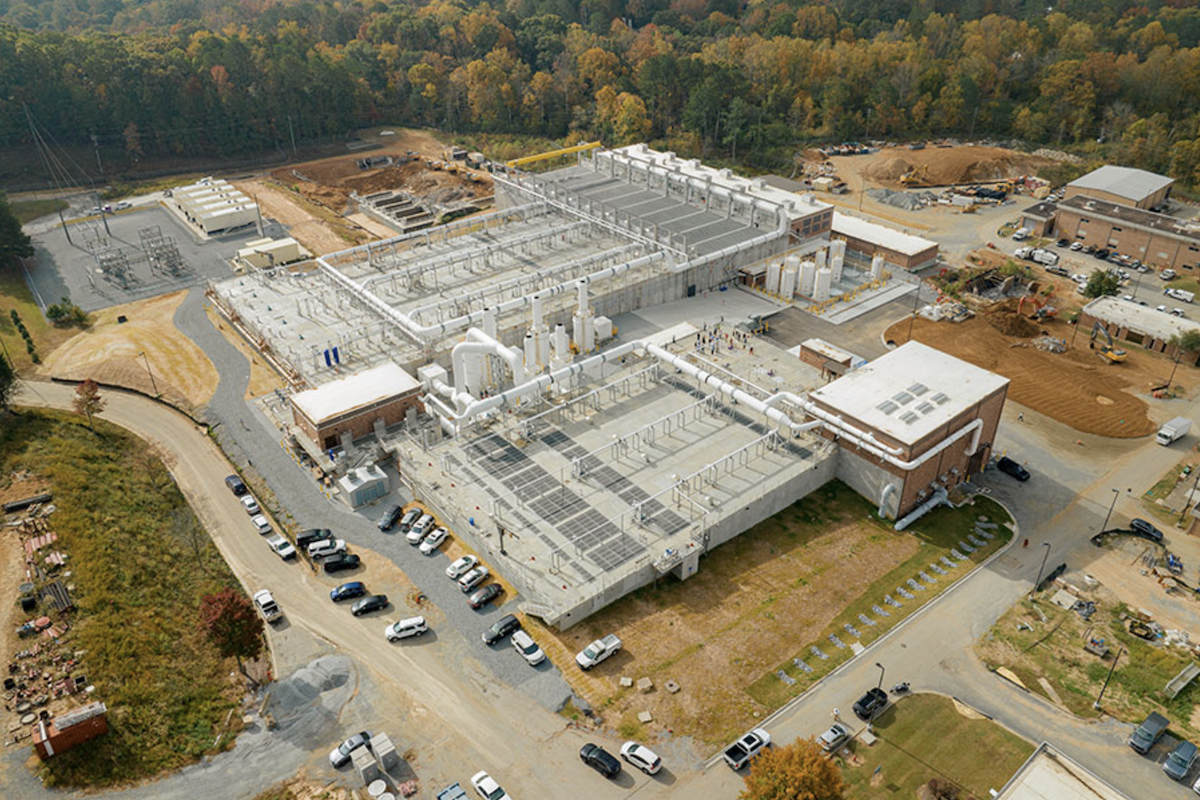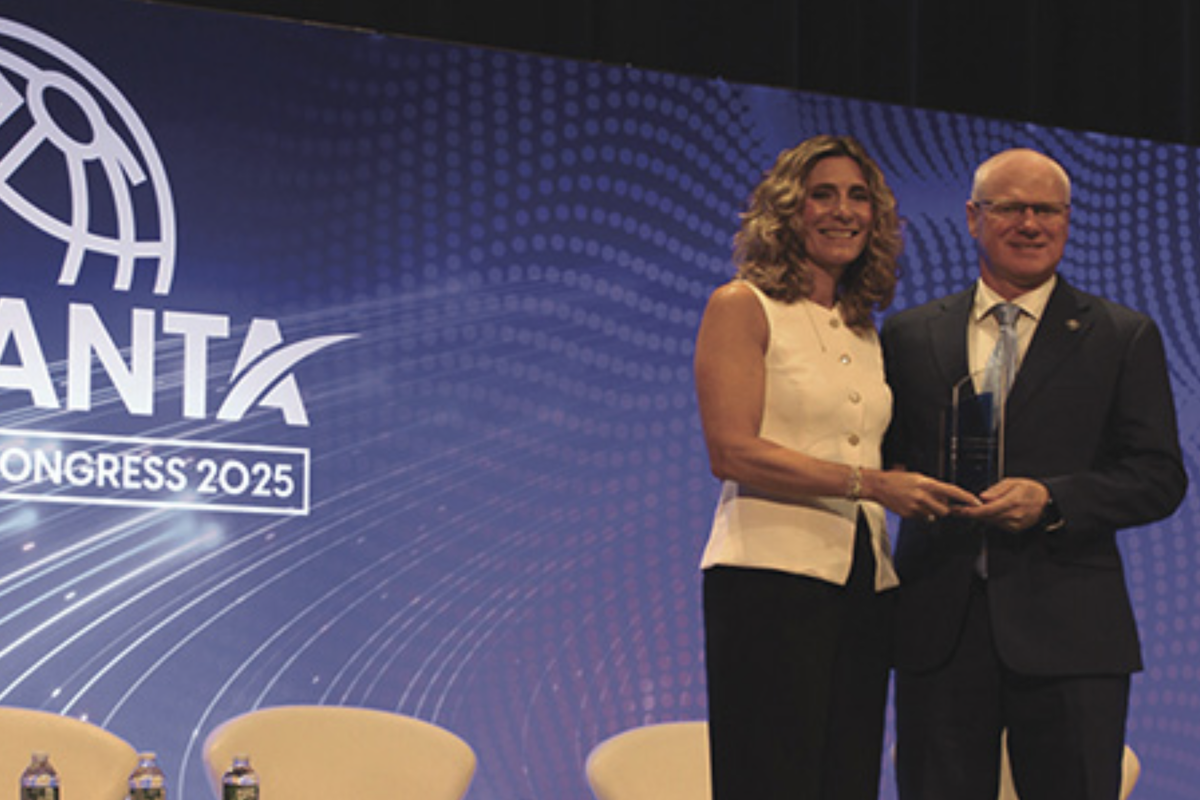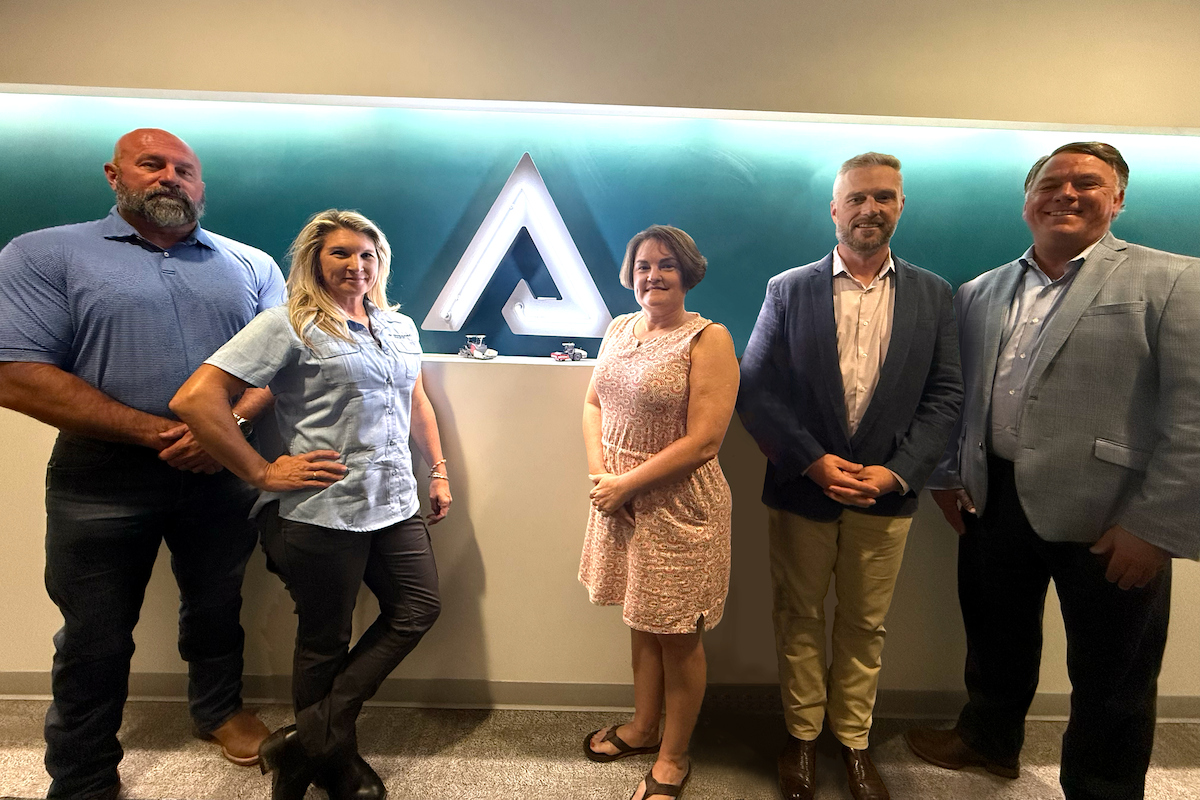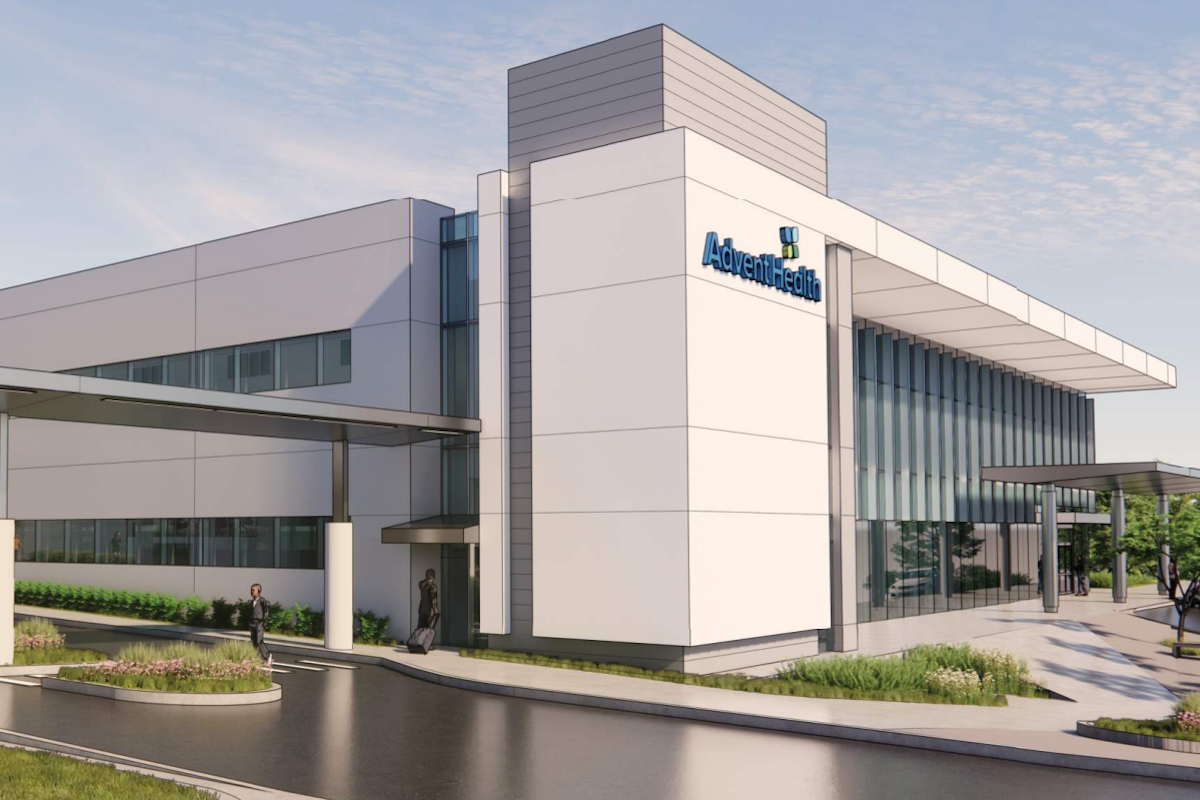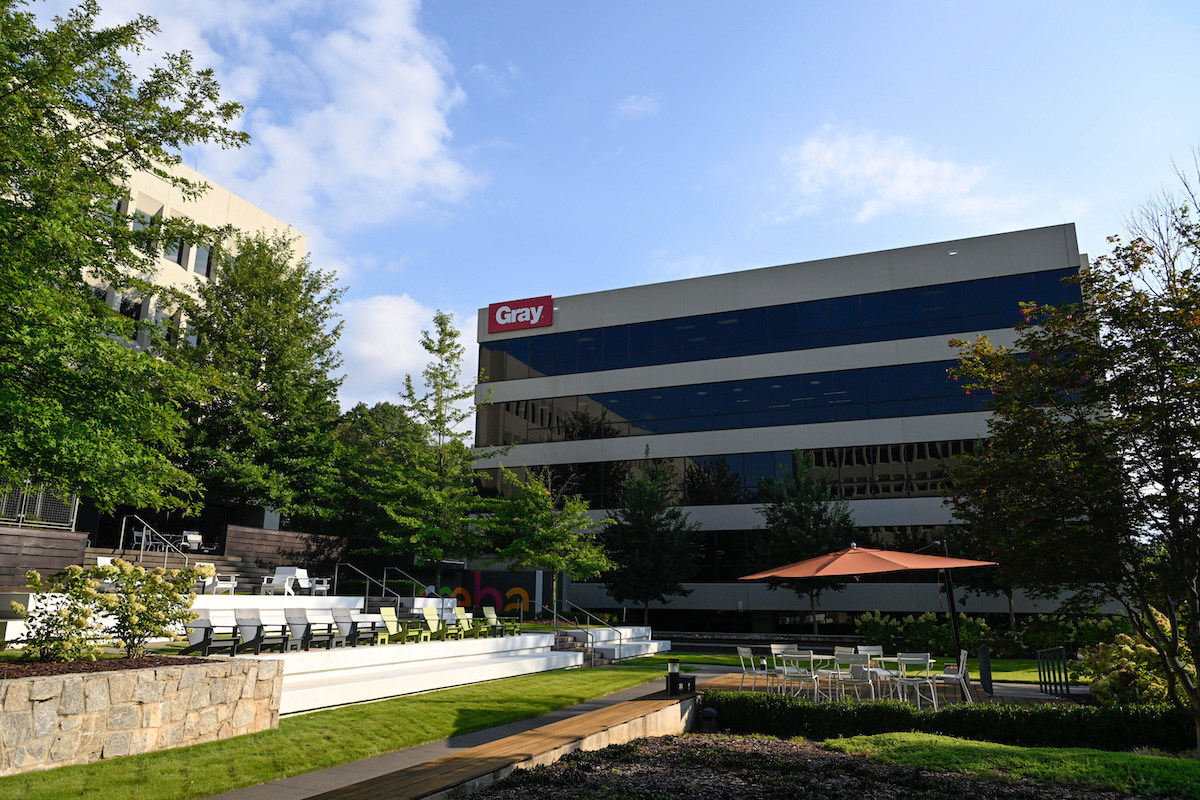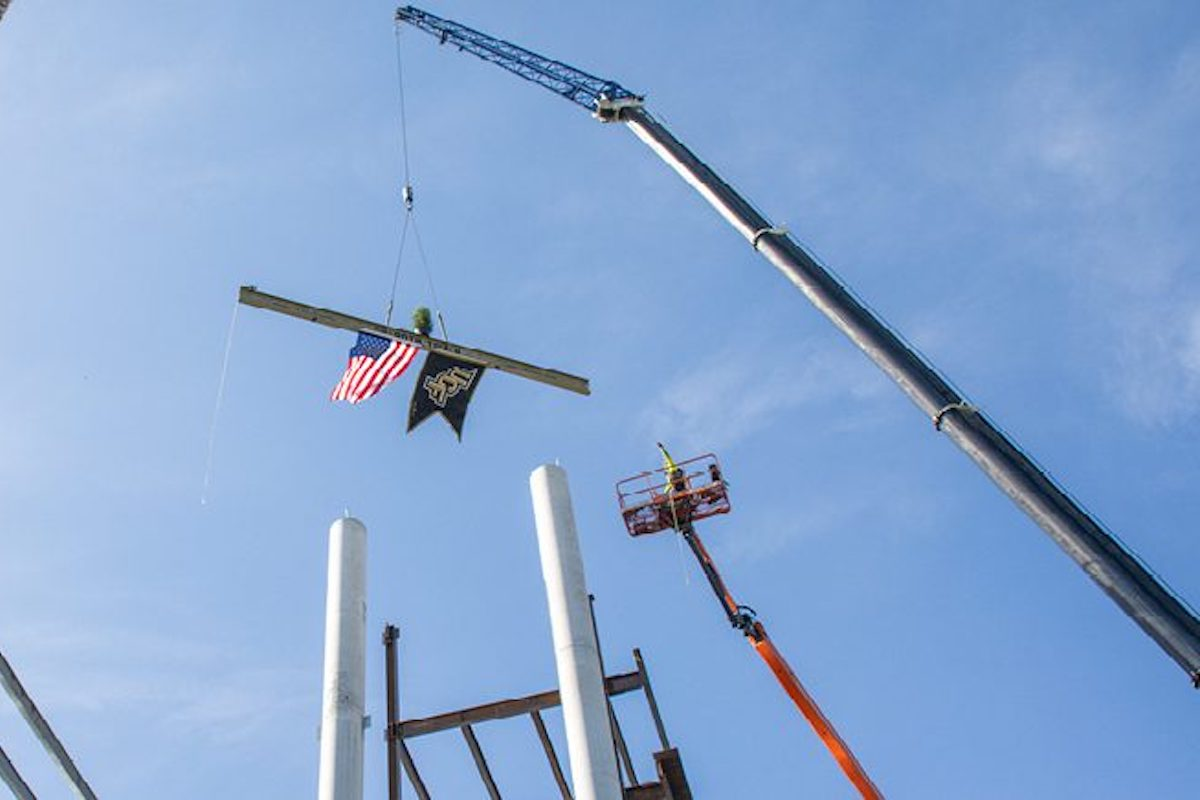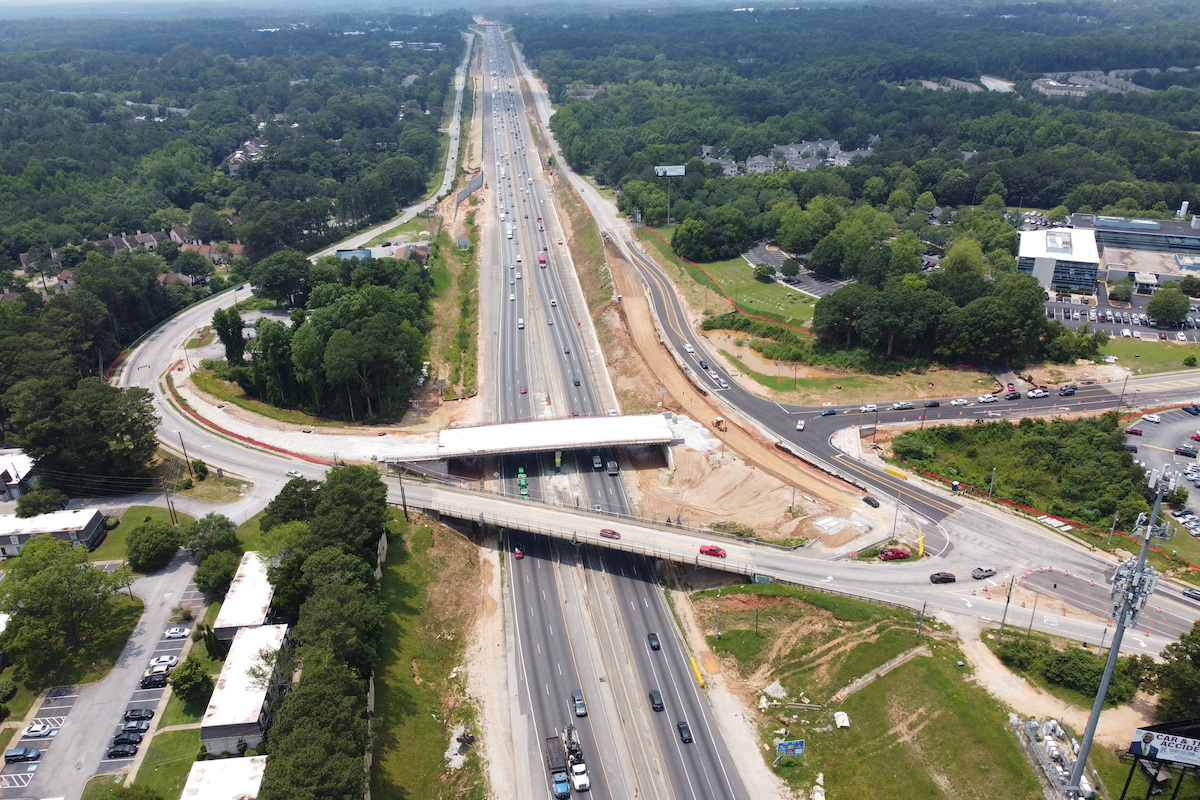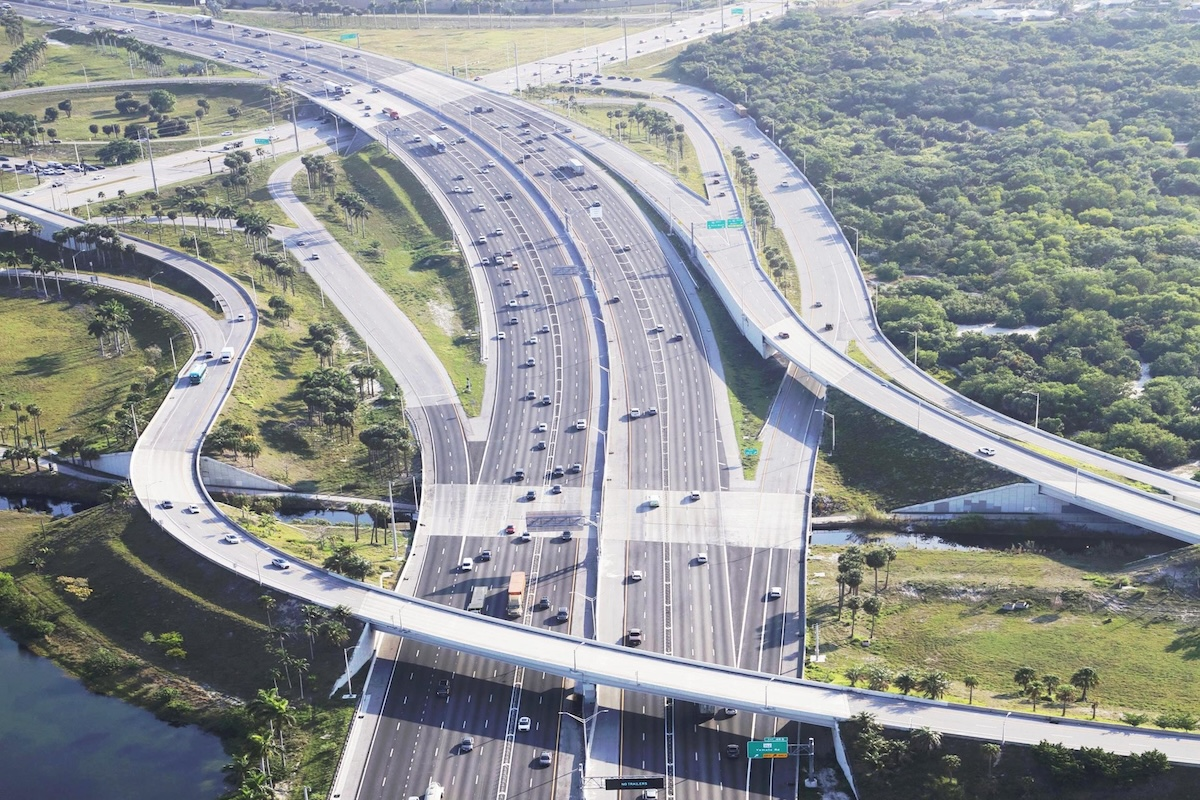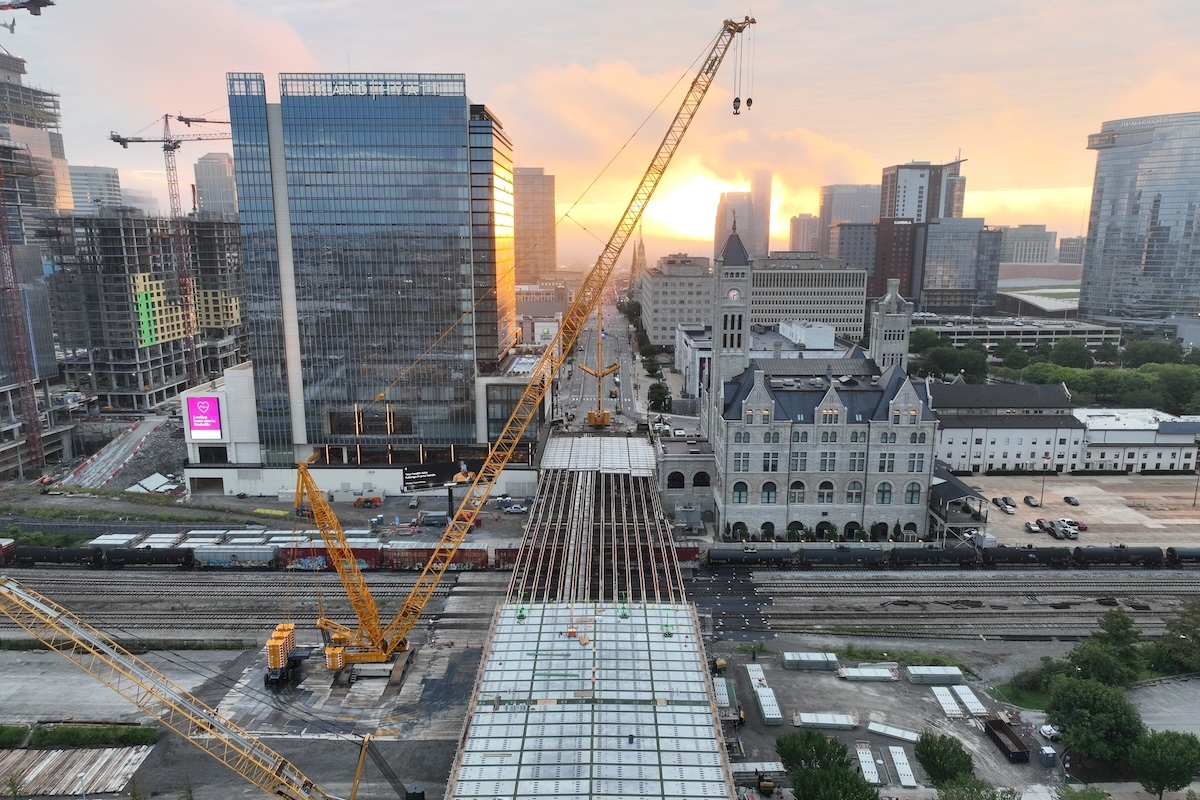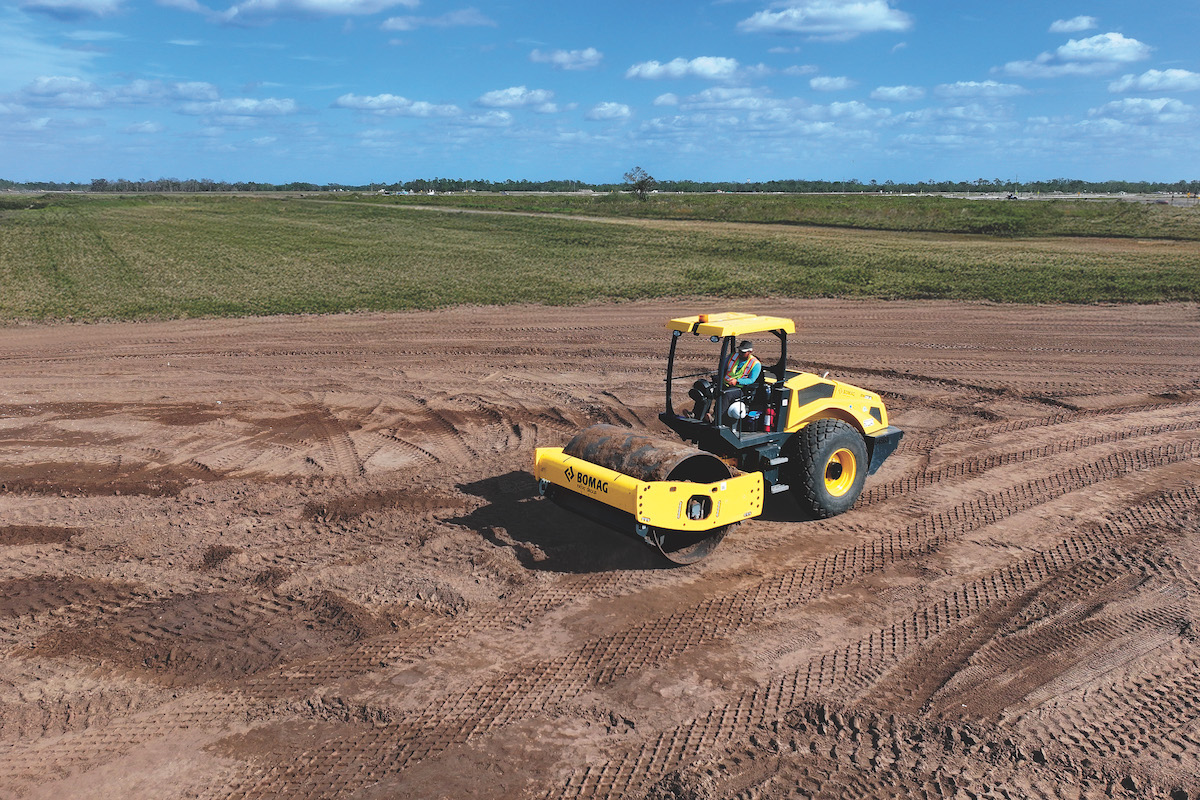The White House has since identified the key goals and initiatives related to decarbonizing the electrical grid. This includes a deep investment in the U.S. energy infrastructure such that the electrical grid will reach net-zero greenhouse gas (GHG) emissions no later than 2050.
In an effort to catalyze market forces, the Inflation Reduction Act (IRA) and Bipartisan Infrastructure Law represent the single largest investment in climate and energy in the country's history - funneling billions of dollars toward the decarbonization of the U.S. electrical infrastructure through investments in renewable energy resources and technologies. According to an analysis by the American Institute of Architects (AIA) and the Rocky Mountain Institute (RMI), more than $48 billion dollars will be allocated to the building sectors – which accounts for approximately 39% of GHG emissions. This pales in comparison to the nearly $280 billion assigned to our electrical infrastructure.
Decarbonizing the U.S. electrical grid will undoubtedly be a challenge. The prospect of reaching net-zero GHG emissions across the electrical sector is riddled with myriad economic, technological, political, and outright physical challenges. Likely, there will be unanticipated setbacks and some nascent technologies will offer staggering breakthroughs. Goals notwithstanding, the future has yet to be written. Market analysts have sought to temper expectations due to challenges related to engineering/procurement/construction company (EPC) and labor shortages, limited access to land and permits, inflation and commodity price volatility, interconnection costs and timelines, and supply chain constraints.
In a recent Indianapolis Business Journal opinion piece, Sean Mobley, senior policy associate for climate and clean energy at The Nature Conservancy in Indiana, highlighted the Hoosier State’s potential to lead the country’s efforts to accelerate the clean-energy transition. On the basis of Indiana's vast renewable energy resources, suitable land availability, the growing job market in clean-energy, and the many anticipated economic benefits, the case is made, and the potential is before us.

| Your local Wirtgen America dealer |
|---|
| Beard Equipment Co - AL |
| Tractor & Equipment |
The great unlock: greater policy support for energy efficiency and clean-energy across various industries in our state, including building design and construction.
Perhaps the greatest challenge ahead is that Indiana’s starting blocks trail most other states. The National Renewable Energy Laboratory (NREL) is one of the national laboratories of the U.S. Department of Energy and specializes in renewable energy and energy efficiency research and development. Among a wide range of information resources publicly available through NREL, the lab maintains a tool called Cambium. Through this tool, NREL assembles structured data sets of simulated cost and operational data for modeled futures of the U.S. electric sector with metrics designed to be useful for long-term decision-making. Cambium is a data-rich platform and offers a range of future scenarios for analysis. The tool can even incorporate the potential catalytic impacts of IRA investments.
Using carbon dioxide as a proxy for all GHG emission, and based on a business-as-usual scenario from NREL’s 2020 Standard Scenarios in which no nascent technologies are assumed and IRA incentives are not phased out, the currently projected carbon dioxide equivalent (CO2e) GHG emissions rate for the year 2050 varies widely by state across the contiguous U.S. Although the data suggests that the country is not currently on track to have a decarbonized energy grid by 2050, it is worth noting that 20 states are currently projected to have an extraordinarily low emissions rate under 50 kg of CO2e.
At the other end of the spectrum is Indiana – which is currently on track to have the fourth highest emissions rate in the country, trailing only Delaware, Kentucky, and West Virginia. Indiana's carbon emissions rate is predicted to be more than the lowest 17 states combined.
One simple way for a company to decarbonize building operations by 2050: build and renovate buildings where the grid utilizes a greater proportion of clean-energy resources.
International GHG protocol already calls for corporate entities and other organizations to shift to location-based accounting. This means that more than ever – sustainability is local. If enterprise carbon accounting is based on the grid region in which the company is located, then efforts should be expected to go toward reducing GHG emission in that region. This will entail a comprehensive set of strategies that certainly include high-performance building design and construction – resulting in economic and environmental synergies alongside a more resilient built environment.
Indiana has many built-in advantages to reap the immense long-term economic and environmental benefits of investing in a clean-energy future. The race is on.
Daniel Overbey, AIA, is an Assistant Professor at the Ball State University R. Wayne Estopinal College of Architecture and Planning and the Director of Sustainability at Browning Day. Daniel is the immediate past President of the American Institute of Architect’s Indiana Chapter and currently serves as the Co-Chair of the chapter’s Committee on the Environment.















